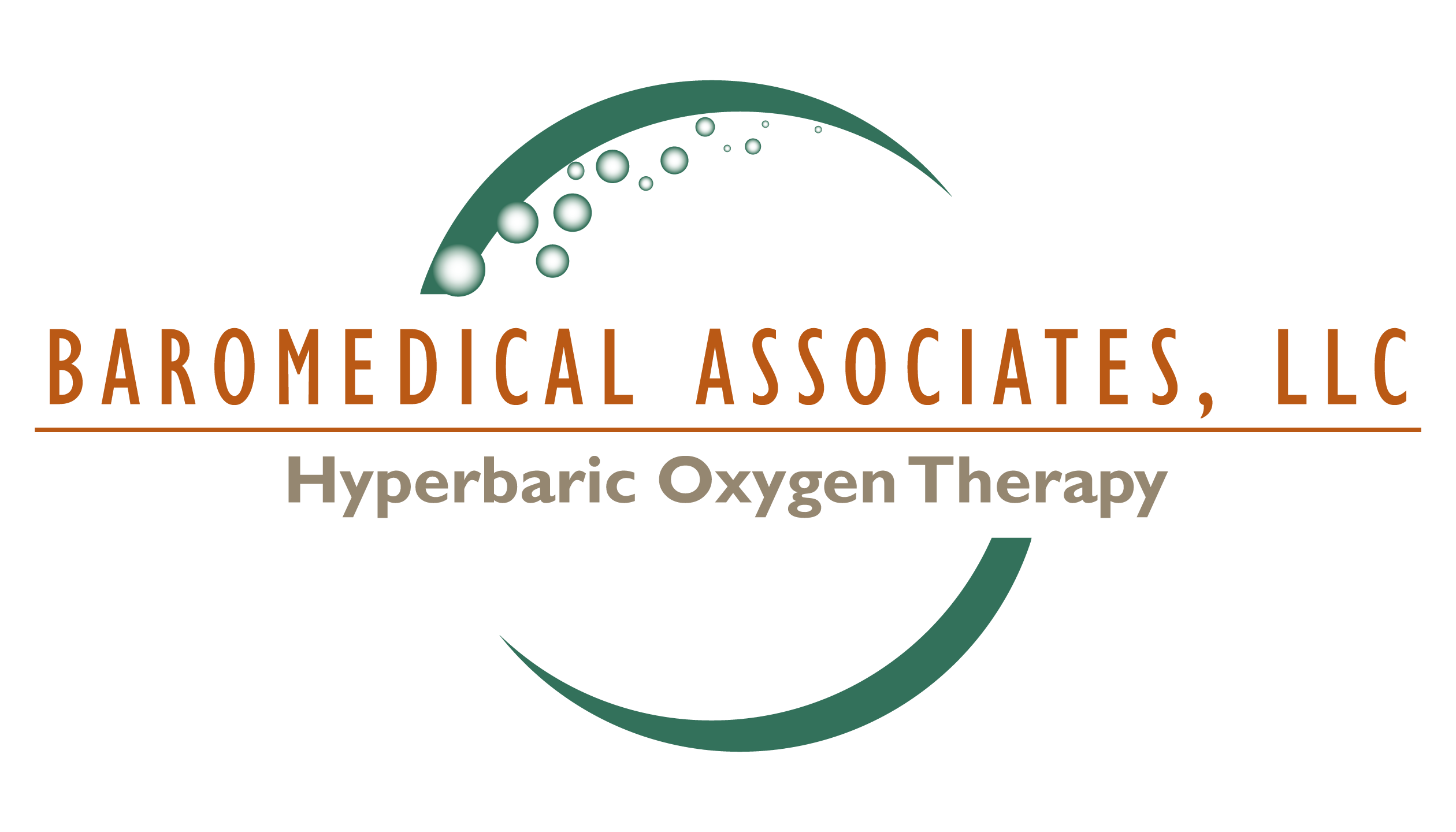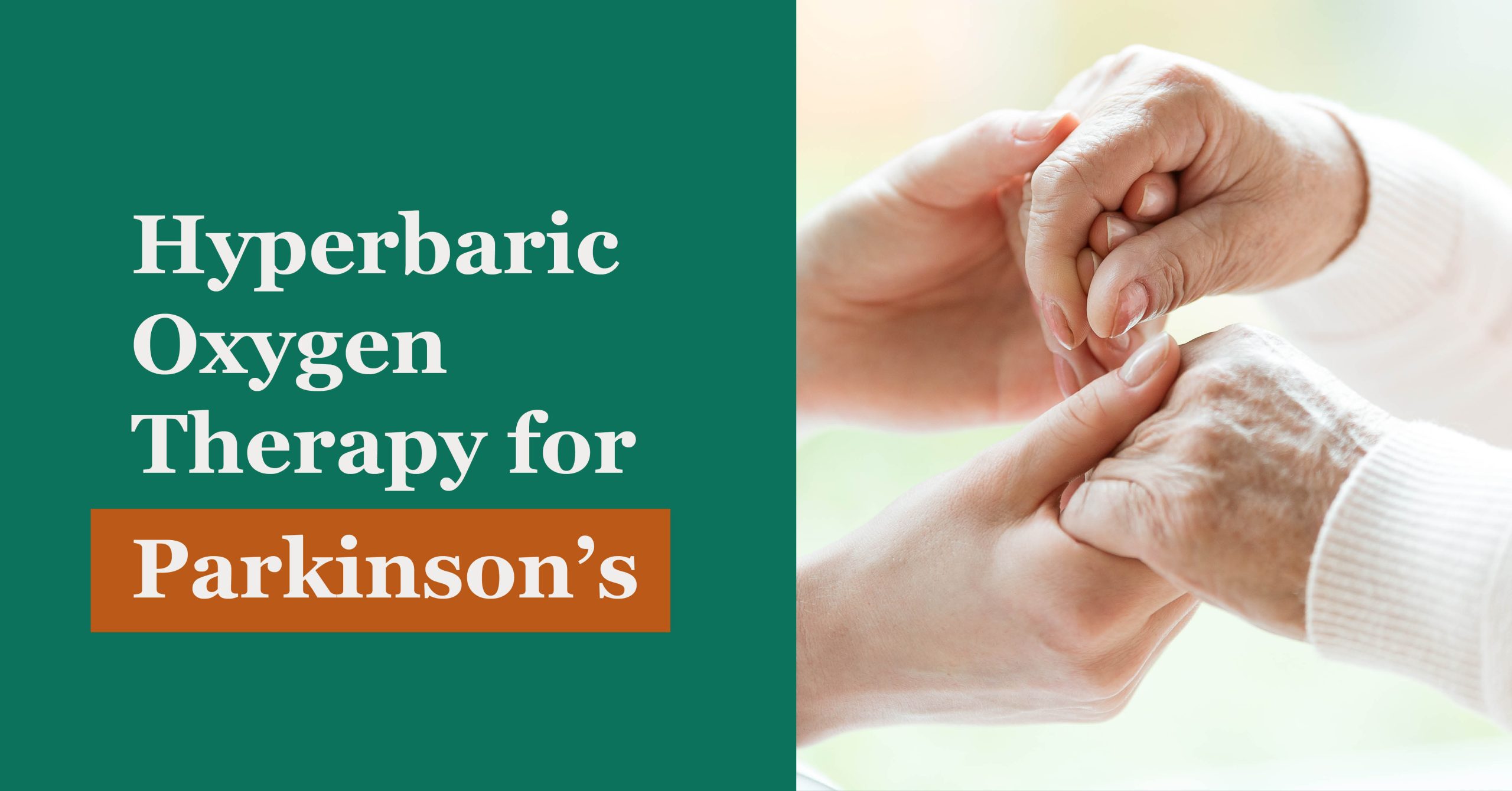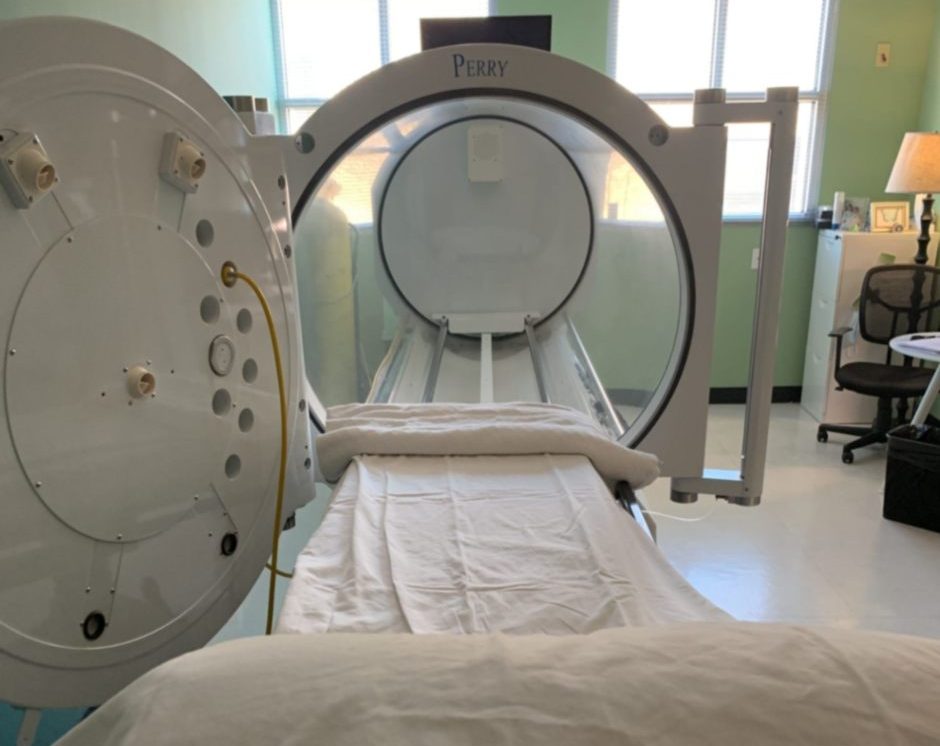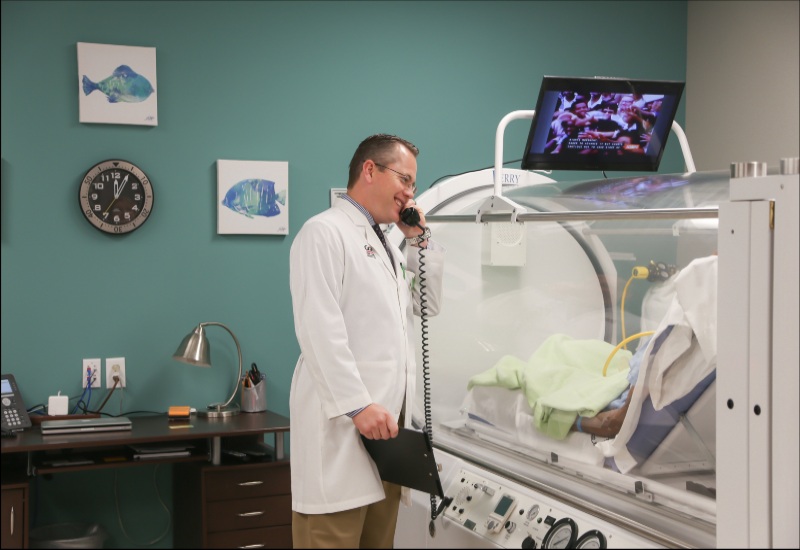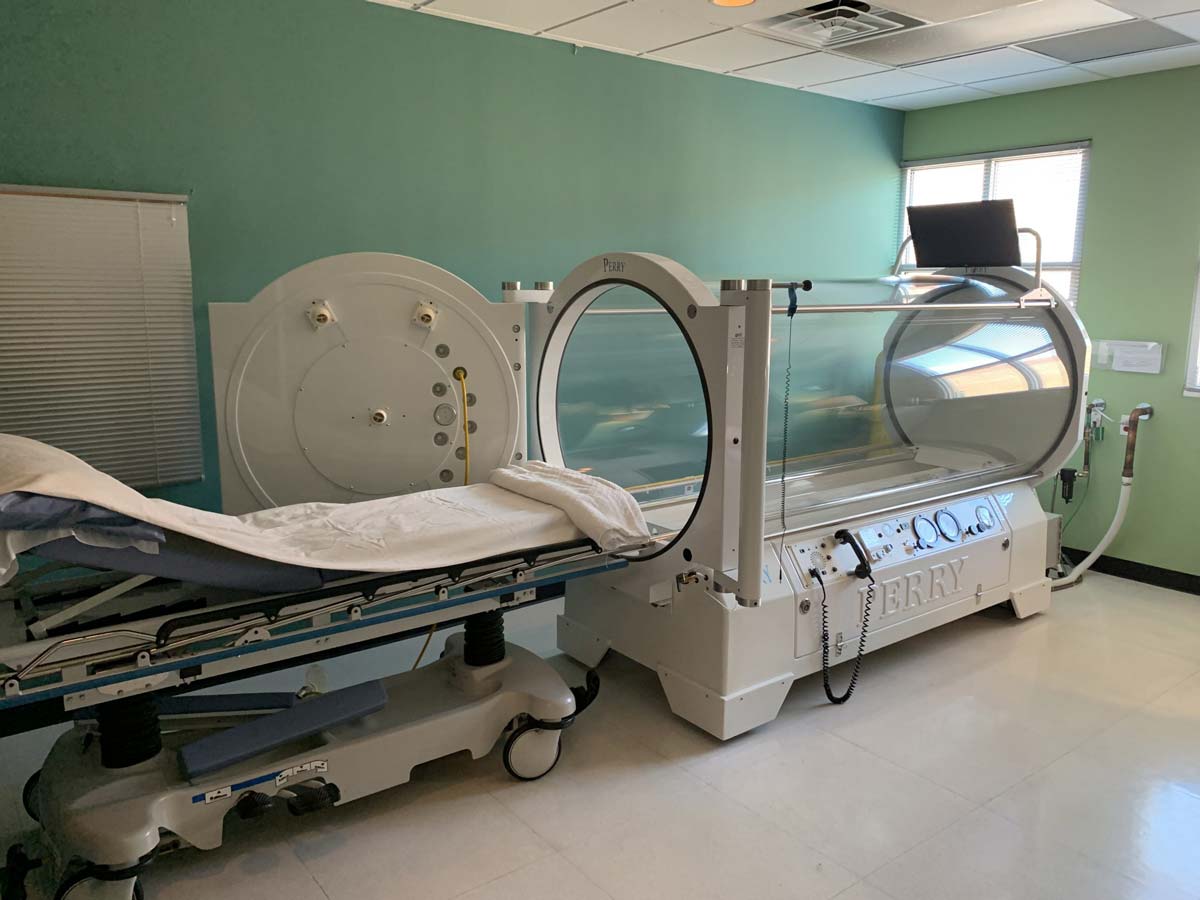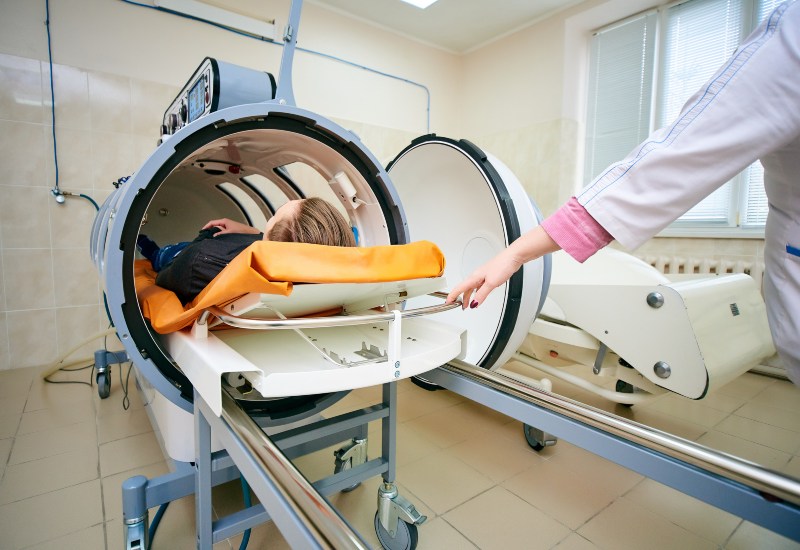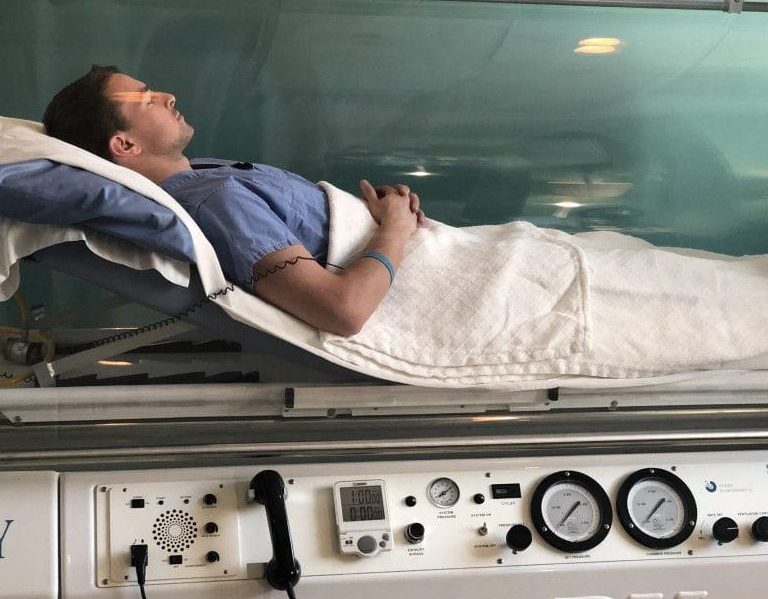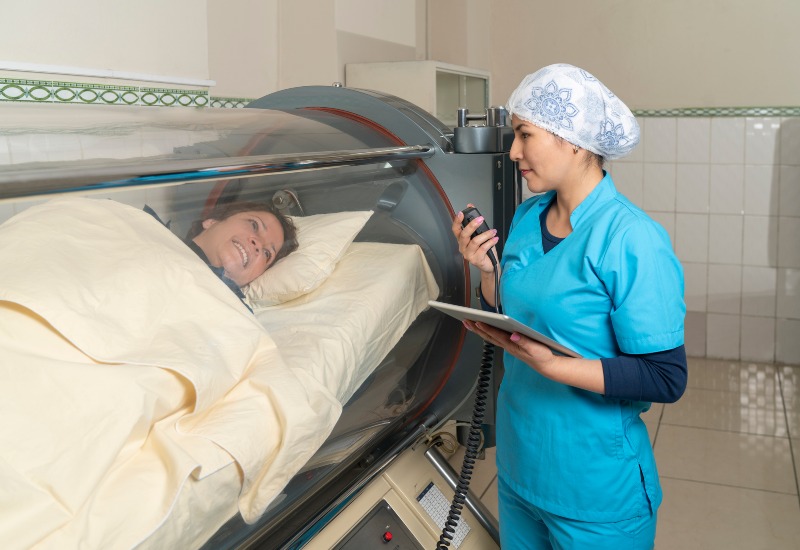What is Parkinson’s Disease?
Parkinson’s disease is a condition where a part of your brain deteriorates, causing more severe symptoms over time. While this condition is best known for how it affects muscle control, balance and movement, it can also cause a wide range of other effects on the senses, thinking ability, mental health and more.
How Common is the Condition?
Parkinson’s disease is very common overall, ranking second among age related brain degenerative diseases. It’s also the most common motor (movement-related) brain disease.
Experts estimate that it affects at least 1% of people over age 60 worldwide.
Parkinson’s disease causes a specific area of your brain, the basal ganglia, to deteriorate. As this area deteriorates, you lose the abilities those areas once controlled. Researchers have uncovered that Parkinson’s disease causes a major shift in your brain chemistry.
Under normal circumstances, you brain uses chemicals known as neurotransmitters to control how brain cells communicate with each other. A patient with Parkinson’s doesn’t have enough dopamine, one of the important neurotransmitters. When the brain sends activation signals that tell your muscles to move, the dopamine is used to signal the muscles. Lack of dopamine causes slowed movement or tremors.
As Parkinson’s progresses the symptoms expand and intensifies. Later stages of the disease often affect how the brain functions, causing dementia-like symptoms and depression.
Being diagnosed with Parkinson’s and living with this neurological condition can be devastating, however, a safe and extremely effective treatment, hyperbaric oxygen therapy (HBOT), can potentially provide a renewed sense of hope.
Hyperbaric Oxygen Therapy for Parkinson’s
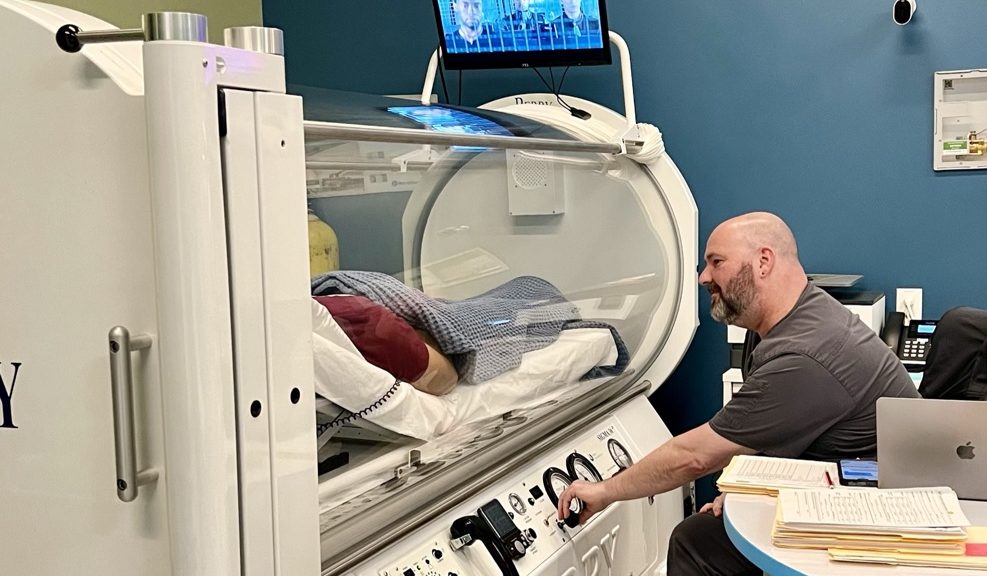
Hyperbaric Oxygen Therapy is breathing 100% oxygen while in a hyperbaric chamber pressurized to a higher pressure than sea level. It causes the body to intake up to 15 times more oxygen which in turn affects the body in so many positive ways. The bone marrow releases 8 times more stem cells and they are mobilized to go where there is damage or injury. Healing enzymes and hormones are increased, and the mitochondria is normalized. All of this and more, helps the body to recover.
The symptoms of Parkinson’s can vary in type and severity. Through the years we’ve had many patients diagnosed with Parkinson’s come to us for help and have seen great improvement in symptoms after 20-40 hyperbaric treatments. The hyperbaric trained physician will consult with the patient and write orders based on symptoms and patient health.
Generally, treatment is daily (5 days a week) at 1.7-2.0 ATA for 60 minutes for 20-40 treatments.
Accidental healing?
We’ve had several patients accidentally see improvement in their Parkinson’s symptoms when they’ve come to us to heal a non-healing diabetic foot ulcer. One such patient, not only saw his diabetic wound improve and ultimately heal, but he found that the treatment also greatly improved his Parkinson’s symptoms. His tremors slowed and his gate normalized. Another patient with advanced Parkinson’s was confined to a wheelchair but was able to get up and walk across the room after a series of HBOT.
In an Italian study, 55 of 63 patients showed significant improvement after HBOT, a therapy which is beginning to be widely used in neurodegenerative conditions, especially movement disorders. More and more research is being published on the benefits of HBOT and Parkinson’s.
Approximately 40-60% of Parkinson’s patients also experience mood disorders. HBOT has been shown to reduce depression and anxiety.
HBOT is safe, effective, and studies are showing it to be an effective therapeutic modality in treating patients suffering from Parkinson’s without causing drug related side effects such as dyskinesia (involuntary muscle movements).
